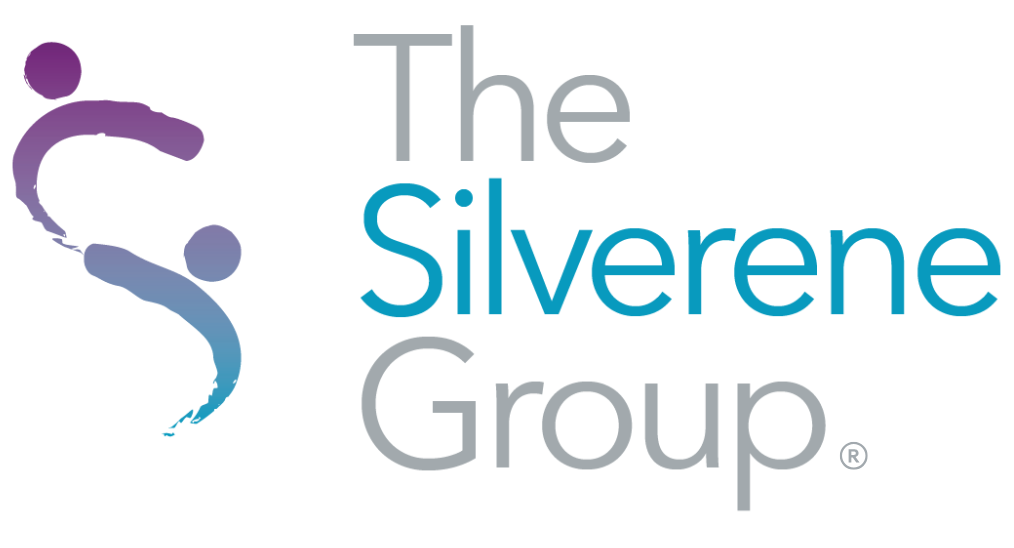
08 Oct Four Steps to Transforming Company Culture: Putting Buzz Words into Practice
On Monday while the annual National Association of Corporate Directors (NACD) Summit was taking place in Washington, D.C., California became the first state that will require public companies to have women on their boards. On Tuesday, right before I was scheduled to speak on stage with fellow HR guru Libby Sartain about transforming workplace culture, Amazon announced it will pay all workers a minimum wage of $15.00. While these significant changes may not have been timed, they were certainly timely. Especially so, as we saw a common theme arise throughout the weekend’s breakfasts, Smart Takes, and Spark Talks: organization culture, safe workplaces and the employee experience are key to long term growth, and it’s time we prioritize them.
As I spoke with Libby we drilled down on the ways companies and boards as overseers, can truly transform company cultures. These are four key things to remember:
1) Ask what the pain points are and get to the root of the problems.
The first step to transforming culture is identifying the underlying issues. It’s never one person, one team or one lousy policy. Even in looking at a study of sexual harassment cases, researchers found that firing the perpetrator does not solve a sexual harassment problem. One bad apple does not create an environment in which unacceptable behaviors are allowed. The solution they discovered was creating a safe environment in the first place and making it clear that it’s important to the company. When people believe their company does not tolerate harassment, it actually happens less.
Getting to the root of the problem is understanding the interplay among a combination of elements that come to life in an organization, such as: the purpose, values and mission; the behaviors that are condoned and condemned; and having the right levers in place that reinforce the right behaviors.
2) Hire for cultural fit.
Hiring for cultural fit goes beyond personality to include values. I usually call it values alignment in hiring. And while it’s important to create the perfect harmony on a team, what values alignment doesn’t mean is hiring people who are just like you. Hiring for values and cultural fit is not creating a sorority, but it is piecing together a work family of sorts, and you don’t want that one uncle who nobody else wants to invite to Thanksgiving dinner. Increasingly people are identifying more with their politics and holding these views as values. Howard J. Ross, of Cook Ross, noted in his Smart Take right before our Spark Talk that in 1994 political affiliation in America on a graph was a bell curve, but by 2017 it looked more like a dumbbell.
It is important to fully understand and communicate company values to candidates and hire based on them. Howard provided two key steps to connecting with someone on the other end of the political spectrum, and I believe we need to apply these to our workplace interactions as well and consider these qualities in candidates – don’t persuade, defend, or interrupt; instead be curious, authentic, and listen.
3) Diversity is being invited to the party. Inclusion is being asked to dance.
Diversity and inclusion is the hot button phrase that has become organizations’ solution to any apparent workplace culture issues. But how do you know if these issues actually exist? You have to be data driven and look beyond top-line metrics. Sometimes, you see things simply by walking around. Libby gave an excellent example of going to the lunchroom at her company and seeing tables of the same ethnicities and same departments all eating together. She realized that while they were hitting their diversity numbers, they weren’t really fostering an inclusive culture. Everyone was still segregated.
Creating cross functional teams, including younger team members in senior programs, and putting diversity and inclusion programs into practice can help ensure diversity is not just a buzz word. Similar to as I mentioned above, even when equality, safety, and engagement exist in your workplace, diversity and inclusion initiatives and training are critical to highlighting their importance to your employees.
4) Everyone in your organization is involved in the customer experience.
Whether working with a contract employee, freelancer, or seasonal employee, in a customer’s eyes the experience should be no different. Everyone involved in a business process is part of that organization. Amazon knows that how well a package is handled is just as important as the product design, and that valuing all employees is critical to their internal culture and external relations. Customers view every person involved in your value chain as part of the company, whether or not they are a “gigger”. In the new gig economy, thinking about your culture and how that extends to all those that interact with your customers or clients, will make all the difference in the customer experience.





